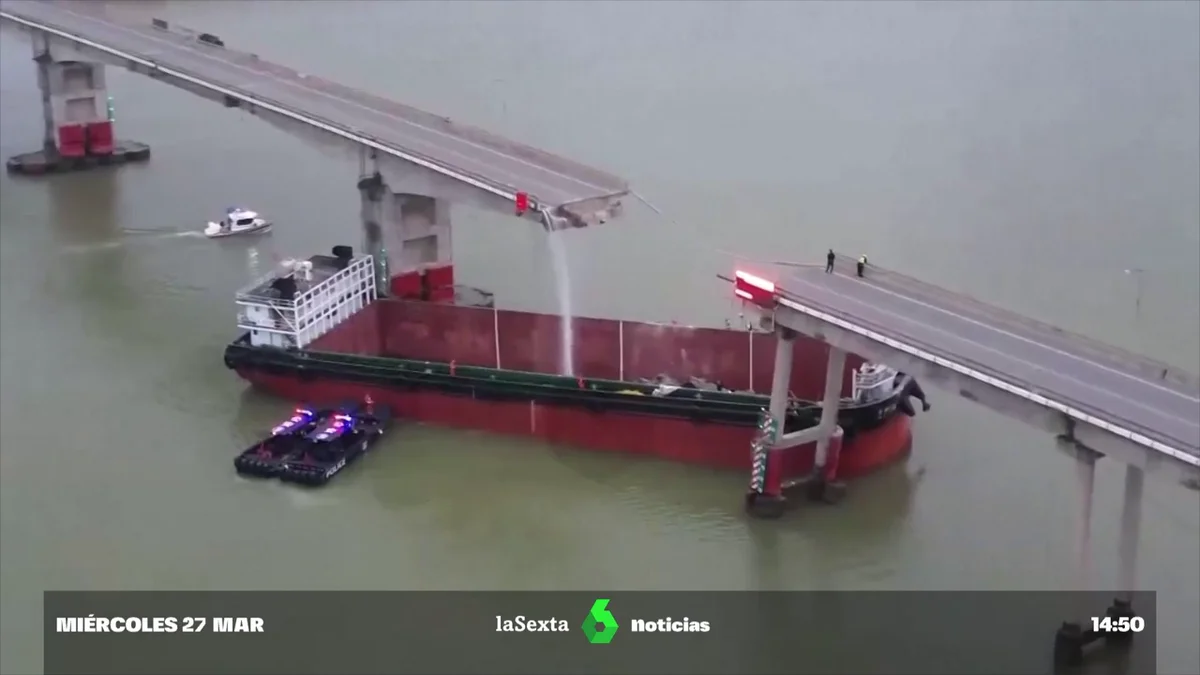
We only have to go back a month to find a direct precedent for the Baltimore accident. A freighter crashed against a bridge in the southeastern city China of Canton, leaving with five deadalready highlighting the security risks of these vessels and urban infrastructure.
Not far away, in South Koreaa russian ship crashed into another megabridge, almost during rush hour traffic. It was in 2019 and that time, the merchant itself took the worst.
Tremendous was the tragedy in the India two years ago. The tourist suspension bridge of Morbibuilt at the end of the 19th century (British colonial era) and a popular attraction praised as “technological marvel”it collapsed full of people: 135 people died. It was allegedly caused by a poor maintenance.
Nor was it in the best state of preservation. Morandi Bridge of Genoa, not hanging but ‘cable-stayed’, which in 2018 I can not stand strong winds and heavy traffic, collapsing: about thirty vehicles fell, 43 people died. It had to be completely demolished.
He bad weather also triggered the Entre-os-Rios disaster, with 59 dead, in Portugal. One of the pillars of the bridge over the Duero gave way to the flooding of the river, after days of downpours, and two sections of the road were damaged. They fell apart like wet cardboard.
torrential waters were also the cause of the following examples: in Brazilfive years ago, the failure of a dam literally erased from the map one of these megastructures. And something similar happened in Argentina, this January: the torrentera swept away a bridge in La Plata. Some other bridge has been victim also of the recklessness, like that of a driver who had the dump truck of his truck raised and left the path of Argentine Route 36 destroyed.
Source: Lasexta
Ricardo is a renowned author and journalist, known for his exceptional writing on top-news stories. He currently works as a writer at the 247 News Agency, where he is known for his ability to deliver breaking news and insightful analysis on the most pressing issues of the day.












